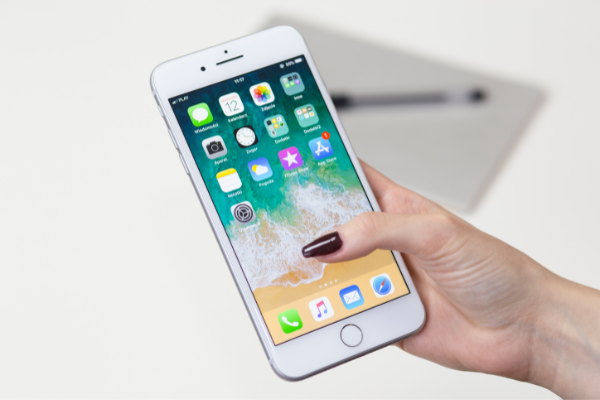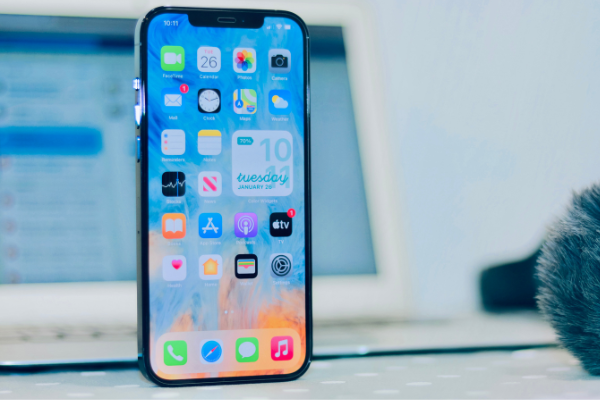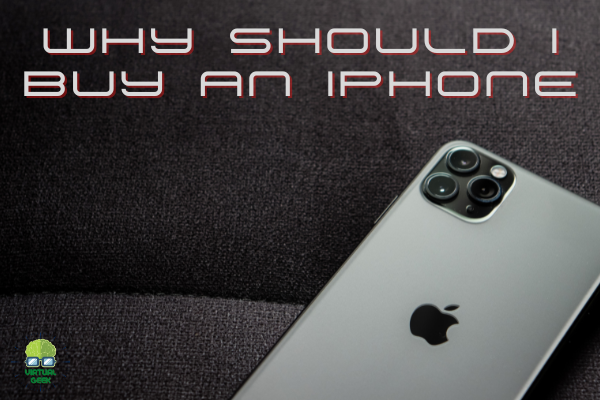There are a few reasons why someone might want to compare iPhone models before buying one. For example, they might want to compare features, price, or design. Additionally, someone might want to compare iPhones to see which one is right for them.
There are a number of reasons why you might want to consider purchasing an iPhone. For starters, the iPhone is widely considered to be one of the most popular and well–reviewed smartphones on the market. Additionally, the iPhone offers a variety of features and apps that can be extremely useful for users. Finally, the iPhone also tends to hold its value fairly well, meaning that you can sell it for a decent price if you decide to upgrade to a newer model in the future.

IPHONE, WHAT IPHONE
An iPhone is a line of smartphones designed and marketed by Apple Inc. All generations of the iPhone use Apple’s iOS mobile operating system software. The first-generation iPhone was announced by Apple co-founder Steve Jobs on January 9, 2007. Since then Apple has annually released new iPhone models and iOS updates. As of November 1, 2018, more than 2.2 billion iPhones had been sold worldwide.
The user interface is built around the device’s multi-touch screen, including a virtual keyboard. The iPhone can sort its media library by songs, artists, albums, videos, playlists, genres, composers, podcasts, audiobooks, and compilations. Options are always presented alphabetically, except in playlists, which retain their order from iTunes. Users can create, edit, and delete playlists and add or remove songs from them.
When a song is playing, the user can adjust the volume with the volume buttons or by dragging the on-screen slider left or right. The iPhone can also access the Internet through its cellular data network or Wi-Fi and can connect to other devices such as car stereos and printers. An iPhone can take photos, play music, send and receive email, browse the web, send and receive text messages, record notes, perform mathematical calculations, and receive visual voicemail.
The iPhone includes a visual voicemail (in some countries) feature allowing users to view a list of current voicemail messages on-screen without having to call into their voicemail. Unlike most other systems, messages can be listened to and deleted in a non-sequential order by choosing any message from an on-screen list.
The iPhone’s built-in camera can take photos and record videos.
The camera on the original iPhone was a 2 megapixel camera.
The iPhone 3G and 3GS feature a 3.2 megapixel camera.
The iPhone 4 and 4S feature a 5 megapixel camera which can also record HD video (720p) up to 30 frames per second with audio.
The iPhone 5 and 5S feature an 8 megapixel camera which can also record 1080p video at 30 or 60 frames per second with audio.
The iPhone 6, 6S, 7 and 8 feature a 12 megapixel camera which can also record 4K video at 30 or 60 frames per second with audio.
The iPhone X, XS, XR and 11 feature a 12 megapixel camera which can also record 4K video at 24, 30 or 60 frames per second with audio.
The front-facing camera on the original iPhone was a 1.3 megapixel camera.
The iPhone 3G and 3GS feature a 2.0 megapixel camera. The iPhone 4 and 4S feature a 3.2 megapixel camera.
The iPhone 5 and 5S feature a 5 megapixel camera. The iPhone 6, 6S, 7 and 8 feature a 7 megapixel camera.
The iPhone X, XS, XR and 11 feature a 12 megapixel camera.
The iPhone 11, 11 Pro and 11 Pro Max feature three camera sensors on the back of the phone. The main sensor is a 12 megapixel sensor, the second is a 12 megapixel ultrawide angle sensor and the third is a 12 megapixel telephoto sensor.
The iPhone 11, 11 Pro and 11 Pro Max also feature a new Night mode which allows the camera to take better low light photos.
The iPhone 6, 6S, 7 and 8 Plus models feature a dual-camera system. The main sensor is a 12 megapixel sensor and the second is a 12 megapixel telephoto sensor. This allows for 2x optical zoom and up to 10x digital zoom.
The iPhone X, XS and XS Max feature a dual-camera system. The main sensor is a 12 megapixel sensor and the second is a 12 megapixel telephoto sensor. This allows for 2x optical zoom and up to 10x digital zoom. The iPhone XR features a single 12 megapixel camera sensor.
The iPhone SE (2nd generation), released in 2020, features a single 12 megapixel camera sensor.
The iPhone X, XS, XS Max, XR, 11, 11 Pro, 11 Pro Max and SE (2nd generation) are capable of shooting 4K video at 24, 30 or 60 frames per second. The iPhone 11, 11 Pro and 11 Pro Max are also capable of shooting 4K video at 120 or 240 frames per second.
The iPhone can edit photos and videos. It can also create photo and video albums.
The iPhone can share photos, videos, music and books with other iPhones, iPads, iPods, Macs, PCs, and Android devices using AirDrop, iCloud, Messages, Facebook, Twitter, WhatsApp, and more.
The iPhone can also share data with other devices using Bluetooth. Bluetooth is a wireless technology that allows devices to connect to each other.
The iPhone can connect to the Internet using a cellular data network or Wi-Fi. Wi-Fi is a wireless technology that allows devices to connect to the Internet without using a cellular data network.
The iPhone can also connect to other devices such as car stereos and printers.
The iPhone can be charged using a Lightning cable. The Lightning cable is a small and reversible cable that can be plugged into the iPhone and into a power outlet.
The iPhone can also be charged wirelessly using a Qi-compatible wireless charging mat.
The iPhone can also be charged using a car charger.
The iPhone can also be charged using a portable battery pack.
The iPhone can also be charged using a solar charger.
The iPhone can also be charged using a fuel cell.
The iPhone can also be charged using a hand crank.
The iPhone can also be charged using a USB port.
The iPhone can also be charged using a power outlet.
The iPhone can also be charged using a computer.
The iPhone can also be charged using an airport charger.
The iPhone can also be charged using a wall charger.
The iPhone can also be charged using a wireless charger.

ALL ABOUT IPHONE 13
Apple is expected to launch four new iPhone 13 models in late 2020, as it has done in recent years. All four models are expected to feature 5G connectivity, though it is unclear if all models will support mmWave 5G or just sub-6GHz 5G.
Apple is also expected to continue using OLED displays for all four iPhone 13 models, as it did with the iPhone 12 series. The company is rumored to be working on a new ProMotion display technology that will offer a 120Hz refresh rate, though it is unclear if this will be ready in time for the iPhone 13 or if it will be reserved for a later model.
One of the most significant changes coming to the iPhone 13 series is a new design. Apple is rumored to be planning to ditch the rounded edges of the iPhone 12 in favor of a more boxy design that is reminiscent of the iPhone 4 and 5. This change is said to be driven by the need to make room for the larger camera sensors that will be used on the iPhone 13.
Apple is also said to be planning to move the Face ID sensor from the top bezel to the bottom bezel on the iPhone 13. This will allow for a smaller top bezel, which will in turn allow for a slightly larger display.
The camera is also said to be getting a significant upgrade on the iPhone 13. Apple is rumored to be working on a new sensor-shift stabilization system that will offer much better image quality than the current optical image stabilization system.
The iPhone 13 is also expected to get a new A15 processor, which will offer a significant performance boost over the current A14 processor.
Apple is also rumored to be working on a new AirPods design that will feature a smaller charging case and new features such as always-on Siri and noise cancellation. The new AirPods are expected to launch alongside the iPhone 13 in late 2020.

WHY SHOULD I BUY AN IPHONE
There are many reasons to buy an iPhone, but here are just a few:
1. The iPhone is extremely user-friendly and has a sleek design.
2. The iPhone has many features that other phones don’t have, such as the Retina display, Face ID, and NFC.
3. The iPhone is very reliable and has a long battery life.
4. The iPhone is constantly being updated with new features and apps.
5. The iPhone is supported by a large and active community of developers and users.


